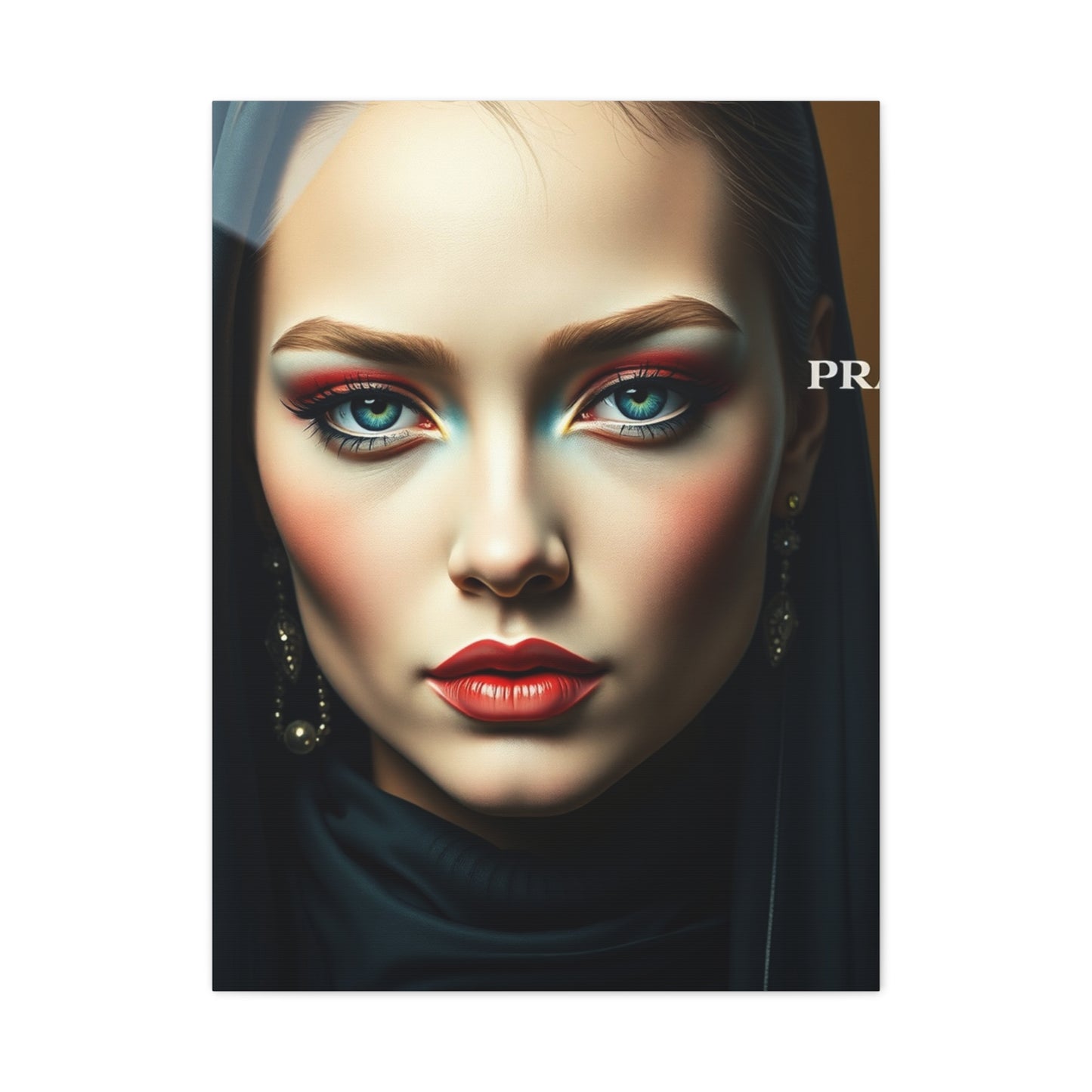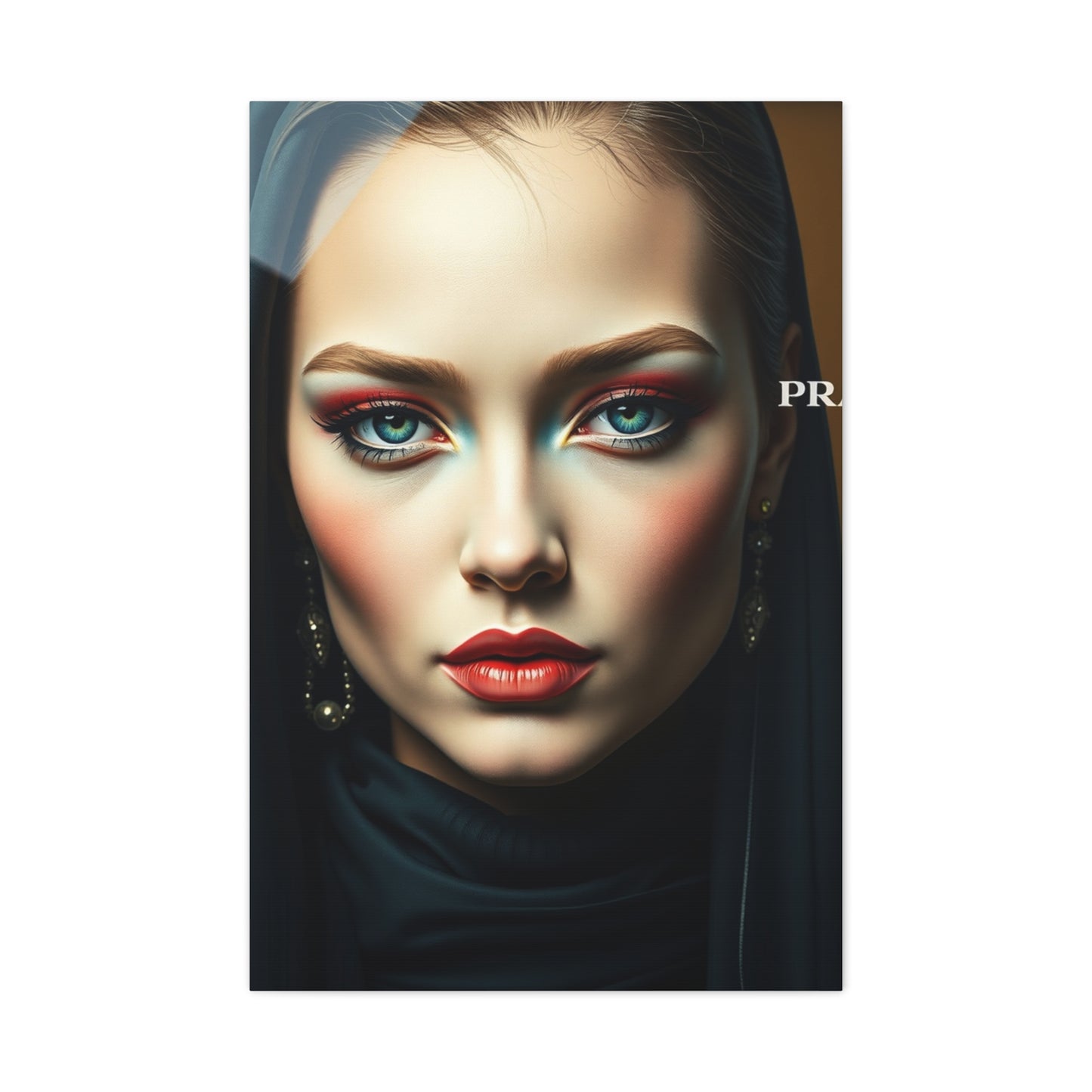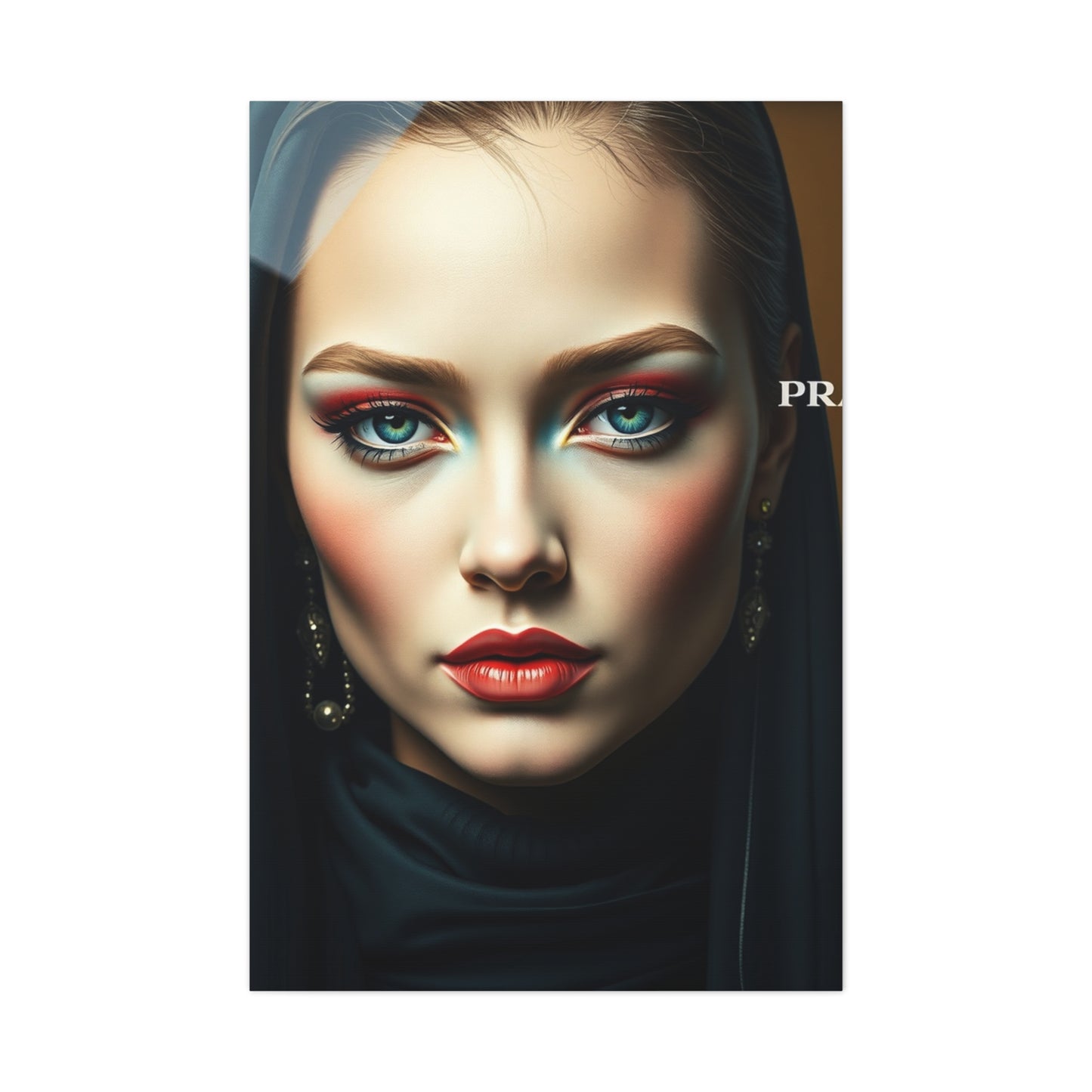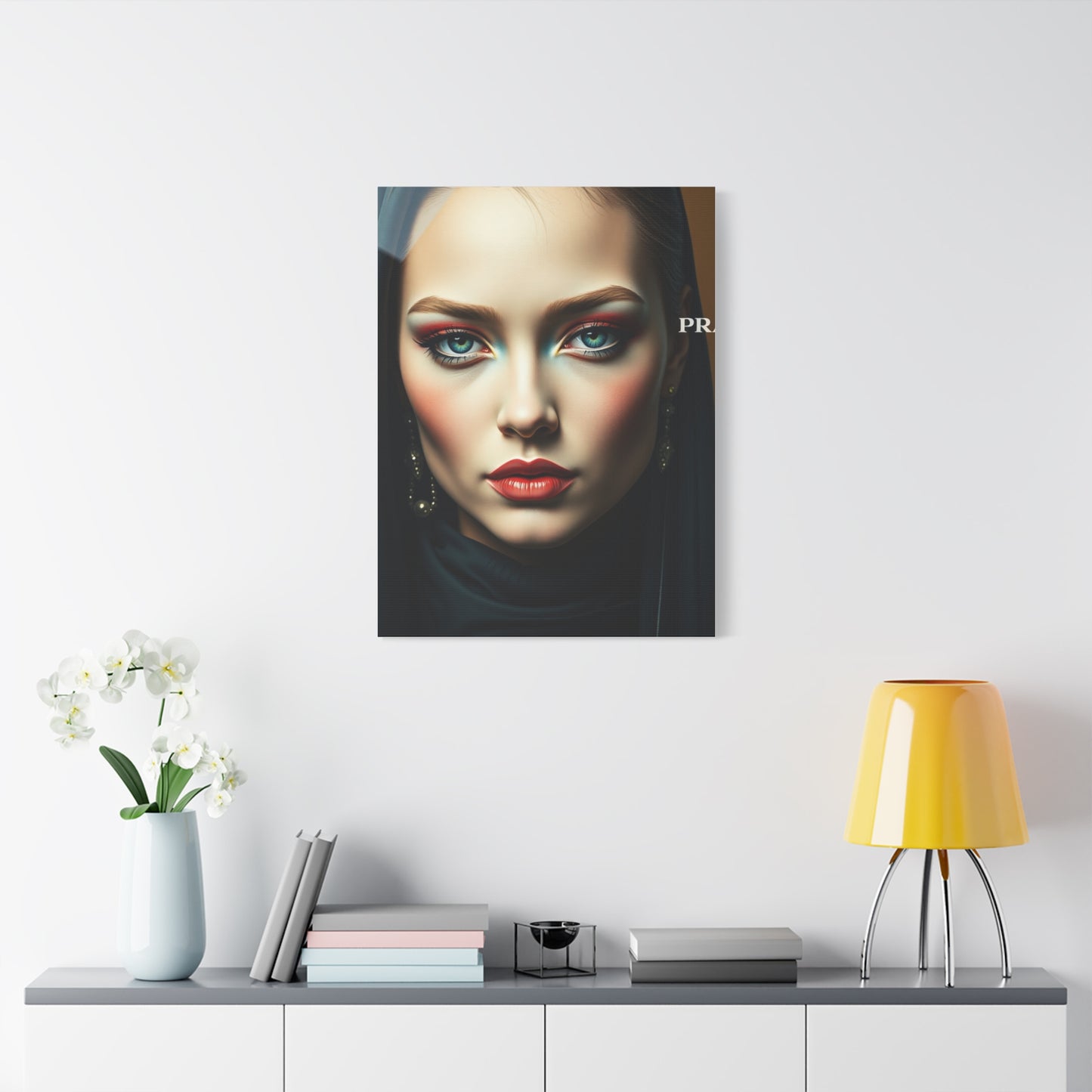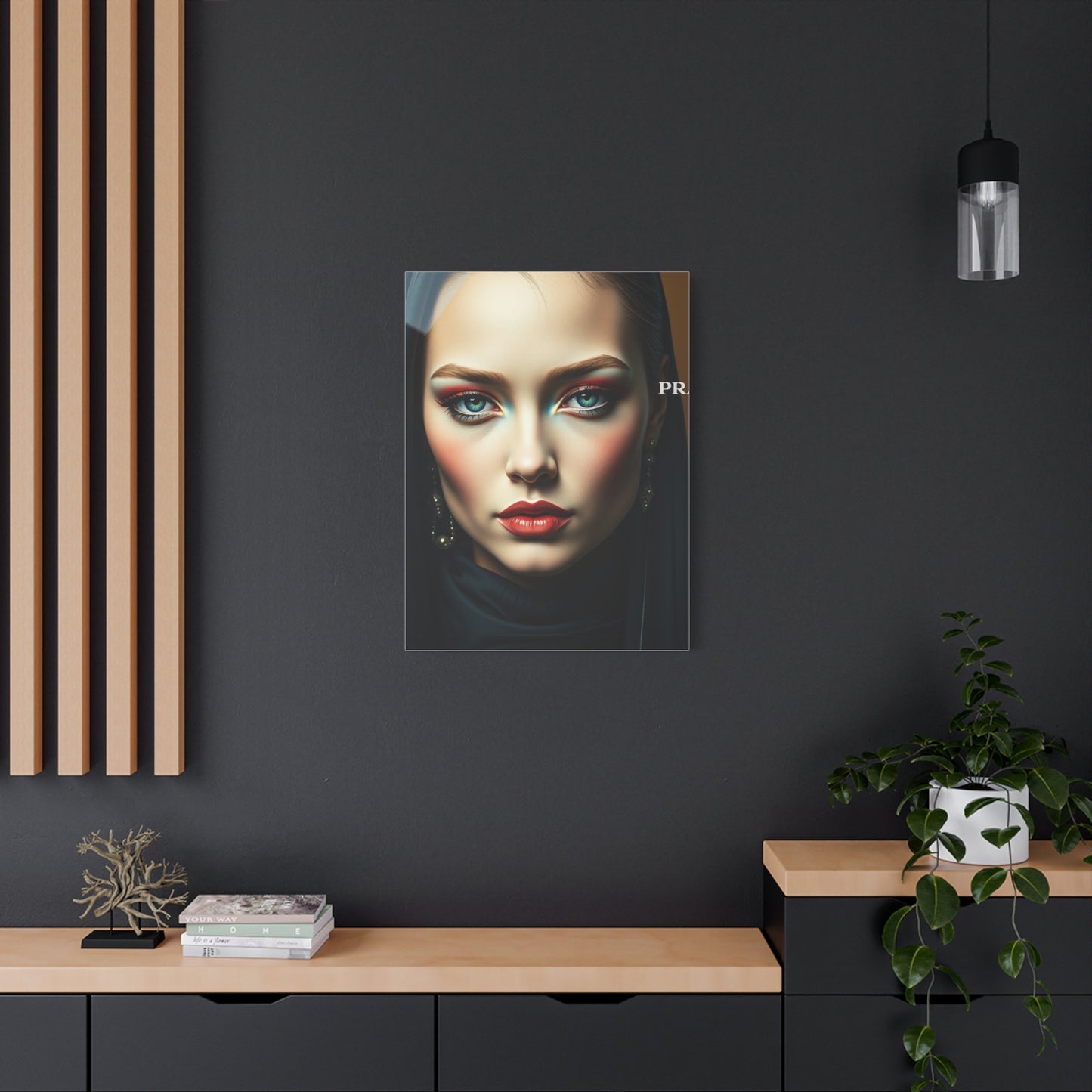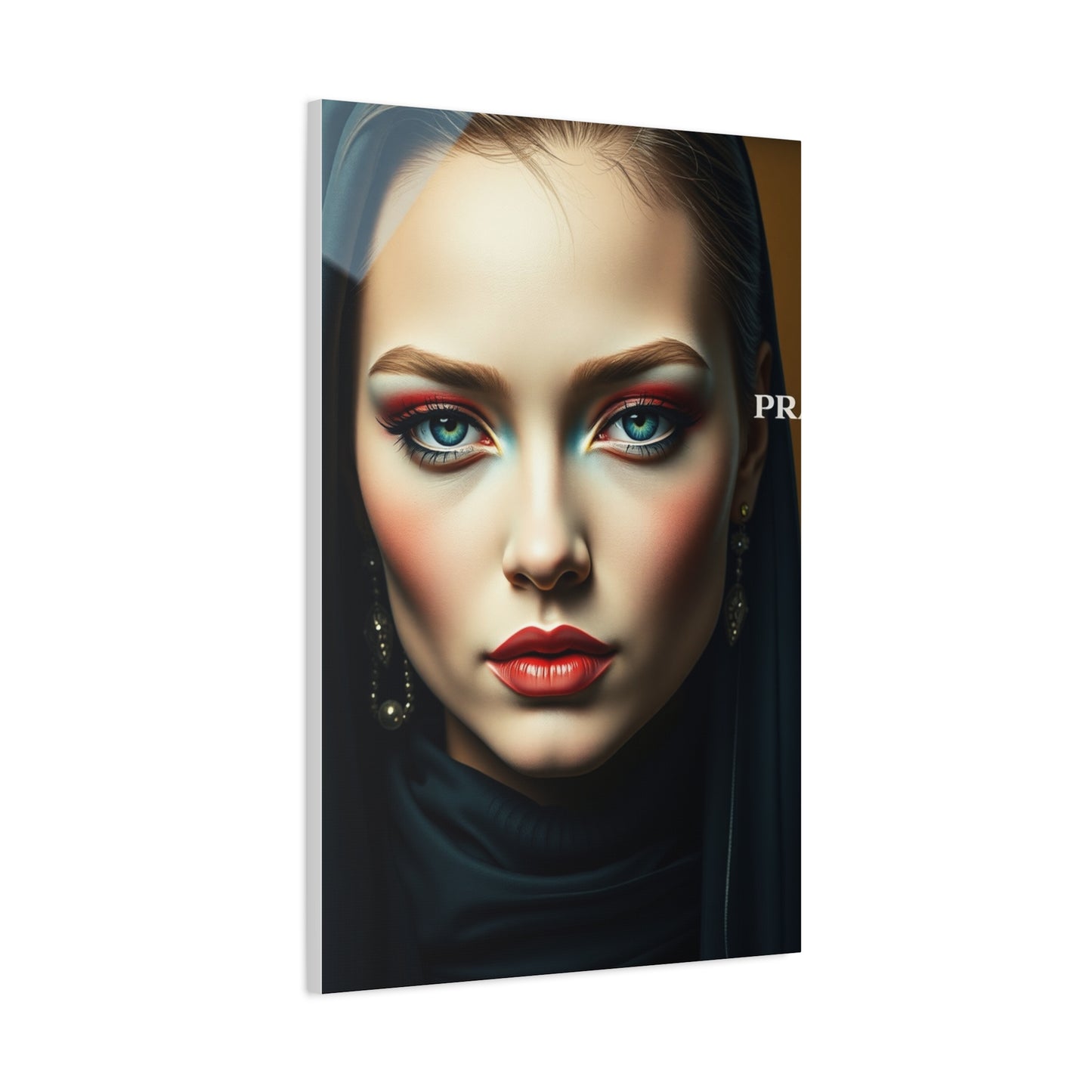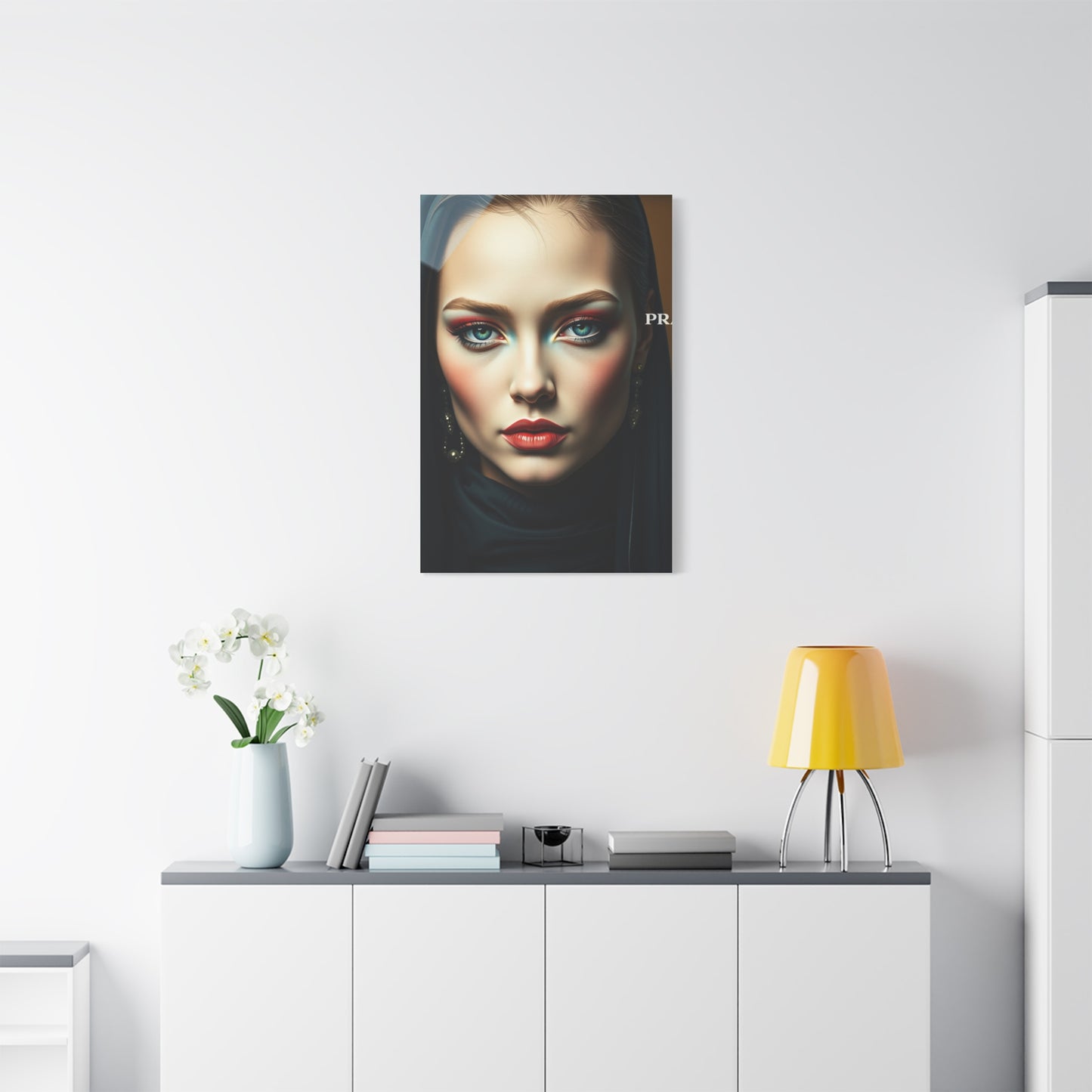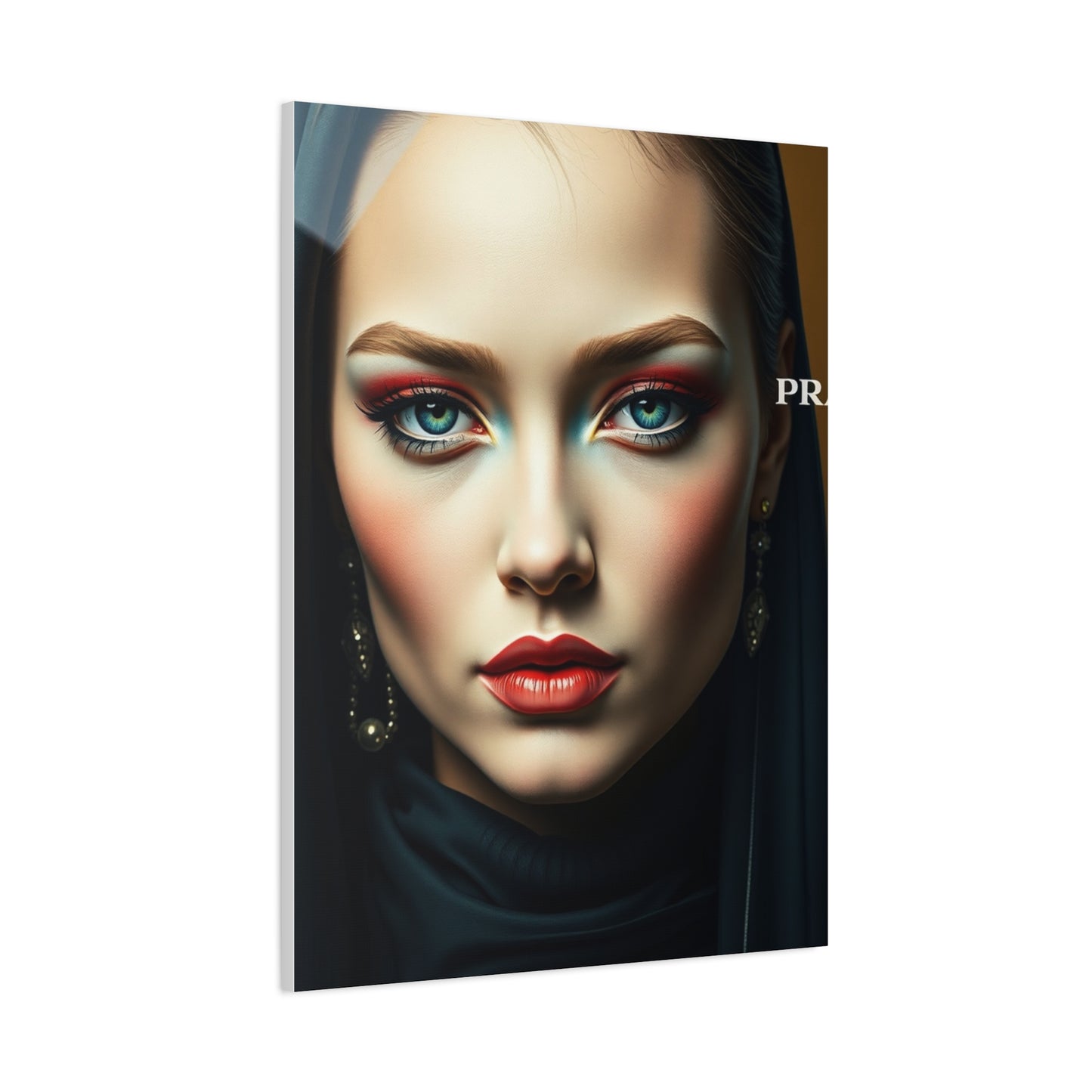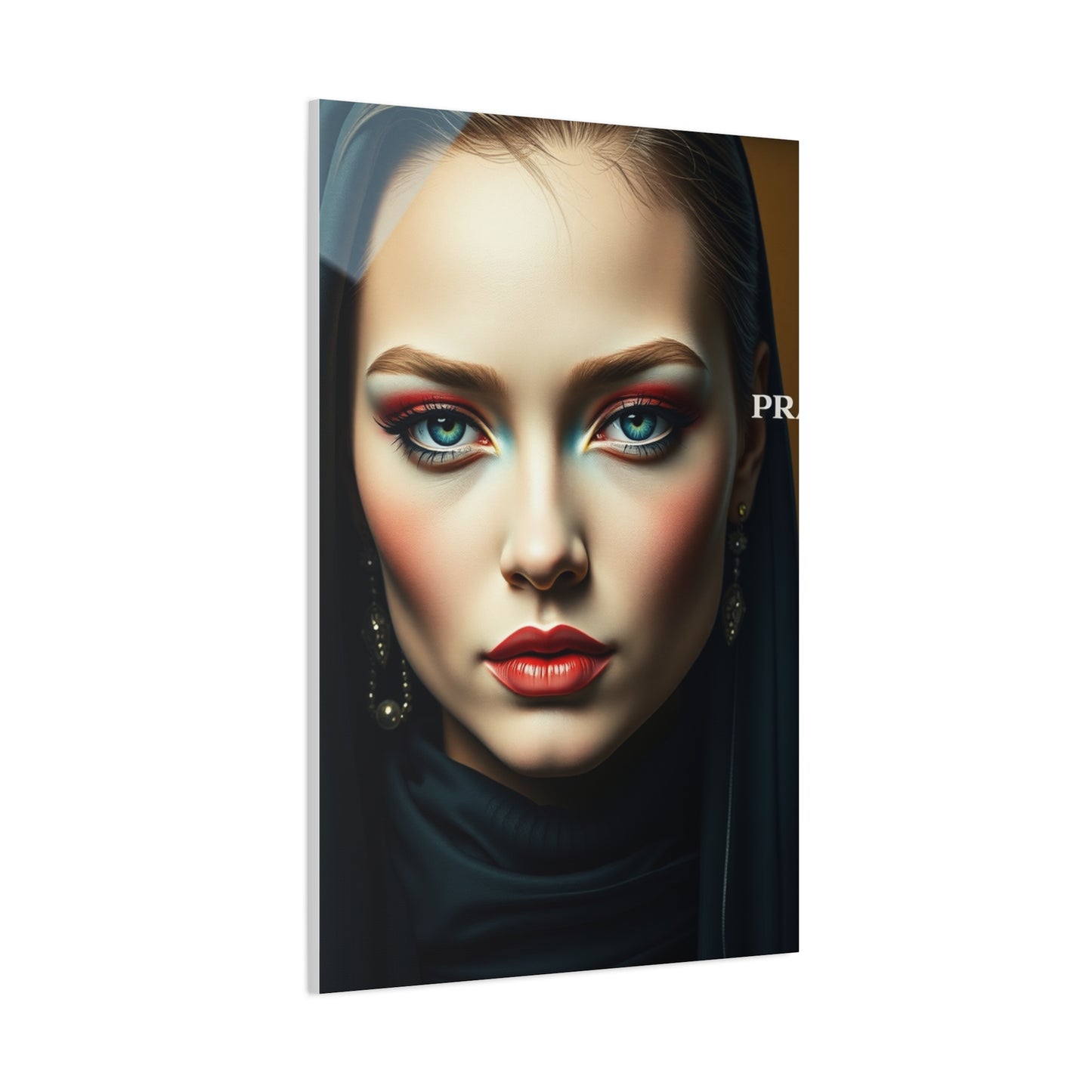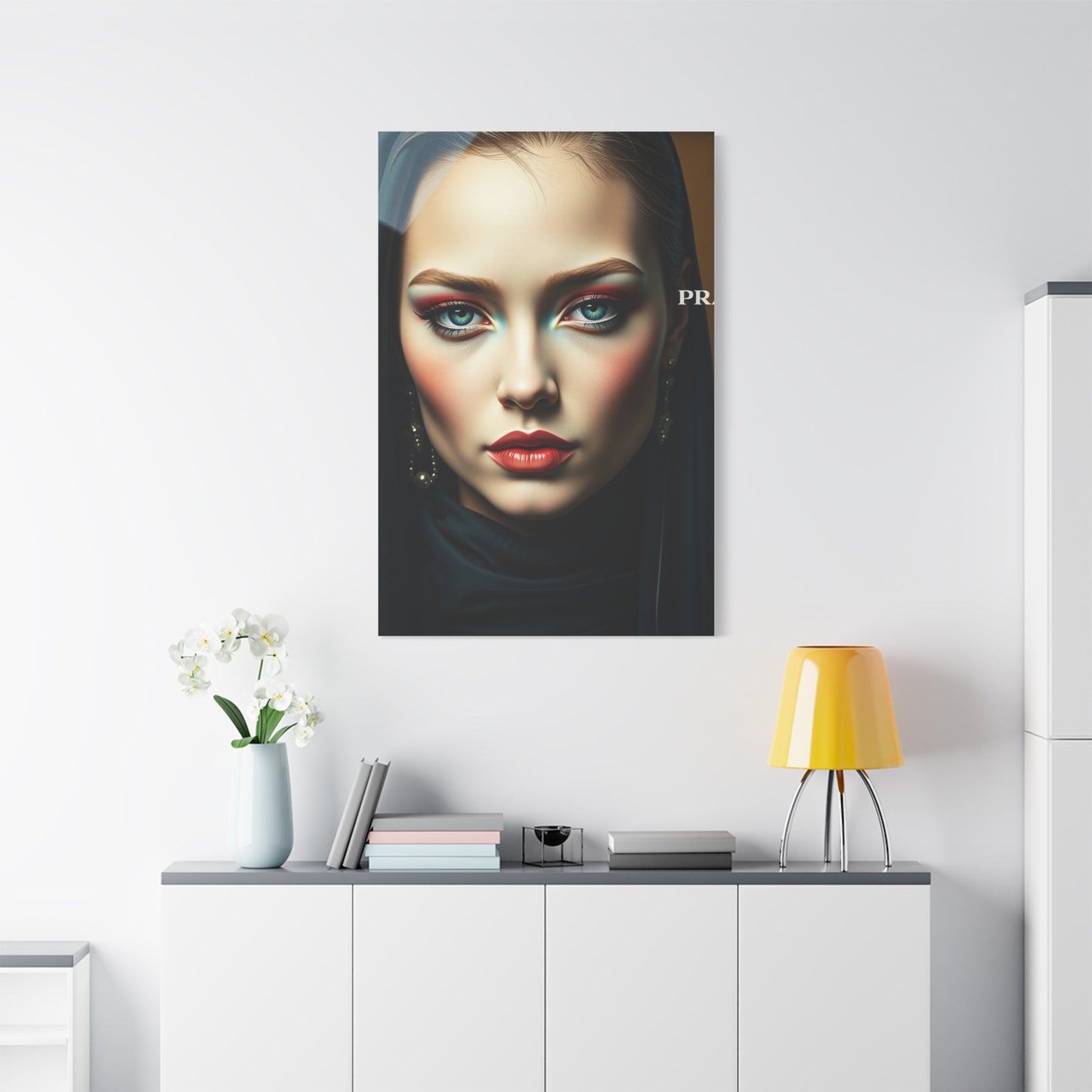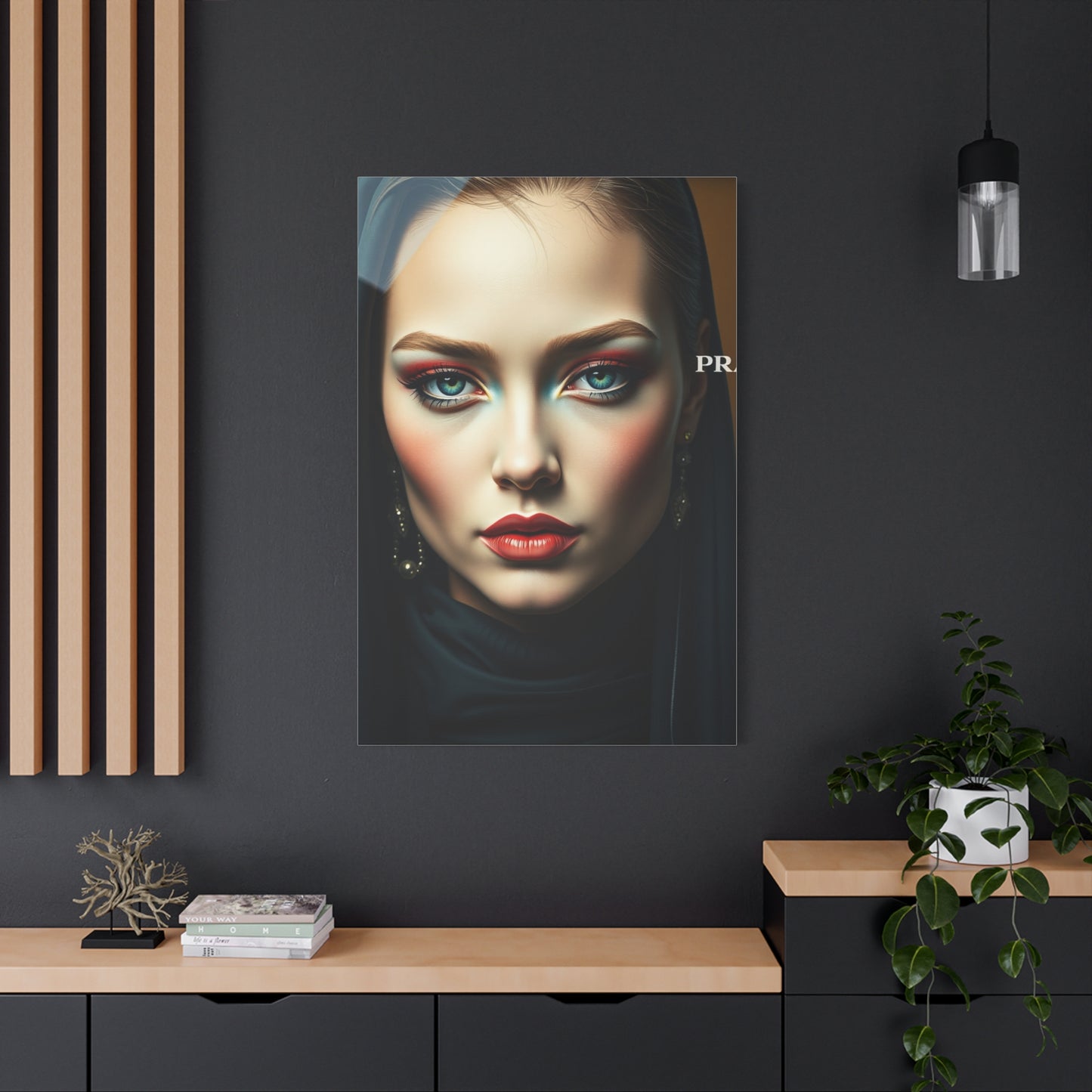Refined Elegance Collection Wall Art: Sophisticated Artworks That Radiate Calm and Class
In today's modern world, homeowners and design enthusiasts are constantly seeking ways to create environments that reflect their personal style while maintaining a sense of sophistication and tranquility. The concept of refined elegance has emerged as a cornerstone of contemporary home decoration, representing a perfect balance between timeless beauty and modern sensibilities. This comprehensive exploration delves into the world of sophisticated artworks that embody the principles of refined elegance, offering insights into how these carefully curated pieces can transform any living environment into a sanctuary of style and grace.
The notion of refined elegance transcends mere aesthetic appeal, encompassing a philosophy that values quality, subtlety, and enduring beauty over fleeting trends. When applied to wall art, this concept manifests in artworks that speak to the discerning eye, pieces that command attention through their quiet confidence rather than bold proclamations. These sophisticated artworks serve as visual anchors in residential settings, creating focal points that enhance the overall ambiance while maintaining a sense of harmony and balance.
Contemporary homeowners are increasingly drawn to artworks that offer more than mere decoration. They seek pieces that tell stories, evoke emotions, and contribute to the creation of meaningful living environments. Refined elegance wall art fulfills this desire by offering compositions that are both visually stunning and intellectually engaging. These artworks often feature carefully considered color palettes, masterful use of negative areas, and compositional elements that create depth and interest without overwhelming the viewer.
The market for sophisticated home decor has evolved significantly in recent years, with consumers becoming more educated about design principles and more selective in their purchasing decisions. This shift has created a demand for artworks that demonstrate exceptional craftsmanship, thoughtful curation, and the ability to maintain their appeal over time. Refined elegance collections address this demand by offering pieces that are not only beautiful but also versatile enough to complement various decorating styles while maintaining their distinctive character.
Behind Refined Sophistication
The foundation of refined elegance lies in the understanding that true sophistication comes not from ostentation but from careful restraint and thoughtful selection. This philosophy permeates every aspect of creating sophisticated artworks, from the initial conceptualization to the final presentation. Artists and curators who specialize in this aesthetic approach understand that elegance is achieved through the elimination of excess rather than the addition of embellishment.
At its core, refined sophistication embraces the principle that less can indeed be more. This doesn't mean that artworks must be minimalistic in nature, but rather that every element within a composition should serve a purpose and contribute to the overall harmony of the piece. Color choices are deliberate rather than arbitrary, compositions are balanced rather than chaotic, and themes are explored with depth rather than superficiality.
The psychological impact of refined sophistication cannot be understated. Research in environmental psychology has consistently shown that individuals respond positively to environments that demonstrate order, balance, and intentionality. Refined elegance wall art contributes to this positive psychological response by creating visual environments that promote feelings of calm, contentment, and well-being. The subtle sophistication inherent in these pieces allows viewers to engage with them on multiple levels, discovering new details and nuances over time.
Cultural influences play a significant role in shaping the aesthetic principles that define refined sophistication. Drawing inspiration from various artistic traditions while adapting them to contemporary sensibilities, these artworks represent a synthesis of historical elegance and modern innovation. This fusion creates pieces that feel both familiar and fresh, comfortable yet intriguing.
The concept of timelessness is central to refined sophistication. Unlike trend-driven decorative pieces that may feel dated within a few years, artworks that embody refined elegance are designed to maintain their appeal across decades. This longevity is achieved through the use of classic compositional principles, enduring color combinations, and themes that resonate across different periods and cultural contexts.
Characteristics of Timeless Elegant Artworks
Timeless elegant artworks share certain fundamental characteristics that distinguish them from more transient decorative pieces. These characteristics work in harmony to create compositions that feel both sophisticated and accessible, complex yet coherent. Understanding these elements helps both collectors and casual observers appreciate the craftsmanship and intentionality that goes into creating truly refined pieces.
Color selection stands as one of the most critical aspects of timeless elegant artworks. These pieces typically employ sophisticated color palettes that rely on subtle harmonies rather than bold contrasts. Neutral tones often serve as the foundation, with carefully chosen accent colors providing points of interest without overwhelming the composition. The use of color in these artworks demonstrates an understanding of how different hues interact with each other and with the surrounding environment.
Compositional balance represents another hallmark of timeless elegance. These artworks demonstrate masterful use of positive and negative areas, creating visual rhythms that guide the eye naturally through the composition. The placement of elements within the frame is carefully considered, with attention paid to how different components relate to each other and to the overall structure of the piece. This attention to compositional principles ensures that the artwork remains visually engaging without becoming tiresome or overwhelming.
Texture and surface treatment play crucial roles in creating the sophisticated appeal that defines timeless elegant artworks. Whether achieved through traditional painting techniques, digital manipulation, or mixed media approaches, the surface quality of these pieces adds depth and interest that extends beyond their purely visual impact. Subtle textural variations create plays of light and shadow that change throughout the day, ensuring that the artwork continues to reveal new aspects over time.
The subject matter of timeless elegant artworks tends toward themes that have enduring appeal across different cultures and time periods. Natural forms, architectural elements, abstract compositions based on mathematical principles, and stylized representations of familiar objects all appear frequently in these collections. The key is that these subjects are treated with sophistication and nuance, avoiding literal interpretations in favor of more poetic and evocative approaches.
Scale and proportion considerations are fundamental to the success of timeless elegant artworks. These pieces are designed with specific sizing requirements in mind, taking into account not only the dimensions of typical residential rooms but also the psychological impact of different scales. The proportional relationships within the artwork itself are carefully calibrated to create harmonious compositions that feel complete and satisfying to the viewer.
The production quality of timeless elegant artworks reflects the same attention to detail that characterizes their aesthetic design. High-quality materials, precise printing or reproduction techniques, and careful finishing ensure that these pieces maintain their visual impact over time. This commitment to quality extends to every aspect of production, from color accuracy to archival stability.
Sophisticated Home Decor
The role of color in creating sophisticated home environments cannot be overstated. Color psychology, the study of how different hues affect human behavior and emotion, provides valuable insights into why certain color combinations feel more refined and elegant than others. Sophisticated artworks leverage these psychological principles to create pieces that not only look beautiful but also contribute to positive emotional and psychological responses in viewers.
Neutral colors form the backbone of most sophisticated color schemes. Shades of gray, beige, cream, and soft white create a sense of calm and stability that serves as an ideal foundation for more complex color relationships. These neutral tones have the additional advantage of being highly versatile, complementing a wide range of other colors and adapting to different lighting conditions throughout the day.
The strategic use of accent colors in sophisticated artworks demonstrates an understanding of how small amounts of more saturated hues can create significant visual impact without overwhelming the composition. Deep blues, rich burgundies, forest greens, and warm golds are frequently employed as accent colors in refined elegance collections. These colors are chosen not only for their visual appeal but also for their psychological associations with luxury, stability, and refinement.
Monochromatic color schemes represent one of the most sophisticated approaches to color usage in elegant artworks. By limiting the palette to various shades, tints, and tones of a single color, artists can create compositions that feel cohesive and harmonious while still offering sufficient visual interest. This approach requires exceptional skill in handling subtle color variations and demonstrates a deep understanding of how different values of the same hue can work together.
The concept of color temperature plays a crucial role in determining the emotional impact of sophisticated artworks. Warm colors tend to create feelings of coziness and intimacy, while cool colors promote a sense of calm and serenity. The most successful refined elegance pieces often combine both warm and cool elements in carefully balanced proportions, creating compositions that feel both welcoming and tranquil.
Cultural associations with different colors also influence their effectiveness in sophisticated artworks. Colors that have positive associations across multiple cultures tend to be more universally appealing and therefore more suitable for refined elegance collections. This consideration is particularly important in today's global marketplace, where artworks may be displayed in homes representing diverse cultural backgrounds.
The interaction between artificial and natural lighting significantly affects how colors appear in sophisticated artworks. Pieces designed for refined elegance collections must look equally appealing under various lighting conditions, from bright daylight to warm incandescent illumination. This requirement influences both the selection of individual colors and their combination within the composition.
Materials and Techniques in Modern Wall Art
The creation of sophisticated wall art requires careful consideration of both materials and techniques, as these elements directly impact the final appearance, longevity, and perceived quality of the finished pieces. Modern technology has expanded the range of available materials and production methods while traditional techniques continue to offer unique advantages for certain types of artworks.
High-quality printing substrates form the foundation of most contemporary wall art collections. Canvas remains a popular choice due to its traditional associations with fine art and its ability to accept various types of inks and coatings. Modern canvas materials are specifically engineered for printing applications, offering superior color reproduction, durability, and resistance to environmental factors that might affect the artwork's appearance over time.
Alternative substrates such as fine art papers, metal panels, and acrylic materials each offer unique aesthetic and practical advantages. Fine art papers provide exceptional detail reproduction and are often preferred for artworks with intricate compositions or subtle tonal variations. Metal substrates create luminous, contemporary-looking pieces that are particularly effective for abstract compositions or artworks with bold geometric elements. Acrylic materials offer brilliant color reproduction and a modern aesthetic that complements contemporary home decor styles.
Printing technology has reached unprecedented levels of sophistication, allowing for accurate color reproduction and exceptional detail resolution. Giclée printing, which utilizes high-end inkjet printers and archival inks, has become the standard for fine art reproduction. This technology can reproduce subtle color gradations and fine details that were previously achievable only through traditional printing methods.
Surface treatments and finishes play crucial roles in determining the final appearance and tactile qualities of sophisticated wall art. Protective coatings not only extend the lifespan of artworks but can also modify their visual characteristics. Matte finishes eliminate glare and create a sophisticated, museum-quality appearance, while subtle textures can add visual interest and depth to the composition.
Framing considerations are integral to the overall presentation of sophisticated wall art. The choice of framing materials, colors, and styles can significantly impact how the artwork is perceived and how well it integrates with its surrounding environment. Modern framing options include traditional wood frames, sleek metal frames, and frameless presentation methods that create clean, contemporary appearances.
Digital art creation techniques have revolutionized the production of sophisticated wall art while maintaining the aesthetic qualities that define refined elegance. Digital artists can create compositions with unprecedented precision and control, experimenting with color combinations, textures, and compositional elements that would be difficult or impossible to achieve through traditional methods. The ability to make precise adjustments and create multiple variations allows for the development of highly refined and sophisticated artworks.
Quality control processes ensure that every piece in a sophisticated art collection meets the highest standards for color accuracy, print quality, and finishing. Advanced color management systems maintain consistency across different production runs, while careful inspection procedures identify and eliminate any pieces that fail to meet quality standards.
Creating Harmonious Room Aesthetics
The successful integration of sophisticated wall art into residential environments requires an understanding of how different elements within a room work together to create cohesive and harmonious aesthetics. Refined elegance pieces are designed not only to stand alone as beautiful objects but also to enhance and complement the overall design of the rooms in which they are displayed.
Scale relationships between artworks and their surrounding furniture and architectural elements are fundamental to creating harmonious room aesthetics. Oversized pieces can overwhelm smaller rooms or delicate furniture arrangements, while undersized artworks may appear lost in large rooms or when hung near substantial furniture pieces. Understanding these relationships helps ensure that sophisticated wall art enhances rather than competes with other room elements.
Color coordination between artworks and existing room elements requires careful consideration of both obvious and subtle color relationships. While exact color matching is rarely necessary or desirable, successful integration depends on finding color harmonies that create visual connections between the artwork and other room elements. This might involve echoing accent colors found in upholstery fabrics, repeating neutral tones from flooring materials, or creating color bridges through carefully selected accessories.
The concept of visual weight applies to the placement and selection of sophisticated wall art within room settings. Dark colors, complex compositions, and larger sizes all contribute to increased visual weight, while lighter colors, simpler compositions, and smaller sizes appear visually lighter. Balancing these visual weights across a room helps create stable, harmonious compositions that feel comfortable and well-proportioned.
Lighting design plays a crucial role in how sophisticated wall art is perceived within room settings. Natural light changes throughout the day, affecting both the appearance of artworks and their relationship to other room elements. Artificial lighting can be used strategically to highlight artworks while maintaining overall room illumination that supports the desired ambiance.
Furniture arrangement considerations extend beyond simple placement to include how different pieces relate to each other and to the wall art that surrounds them. Sophisticated artworks can help define seating areas, create focal points, and establish visual connections between different functional zones within larger rooms. The key is ensuring that these relationships feel natural and intentional rather than forced or arbitrary.
Architectural features such as moldings, built-in shelving, and window treatments all influence how sophisticated wall art appears within room settings. These elements can provide natural frames for artworks, create interesting layering effects, or establish rhythmic patterns that artwork placement can either reinforce or counterbalance. Understanding these relationships helps create more sophisticated and professional-looking installations.
The temporal aspect of room aesthetics recognizes that successful room design should remain appealing over extended periods. Sophisticated wall art contributes to this longevity by offering visual interest that doesn't become tiresome over time. The subtle complexity of refined elegance pieces ensures that they continue to reward closer examination while maintaining their initial impact.
Curating Art Collections for Different Room Types
Each room type presents unique challenges and opportunities when it comes to incorporating sophisticated wall art. Understanding the functional requirements, typical lighting conditions, and aesthetic goals of different room types helps in selecting and arranging artworks that enhance rather than conflict with their intended purposes.
Living areas serve as the primary gathering locations in most homes, making them ideal locations for sophisticated wall art that reflects the homeowner's aesthetic preferences. These rooms typically offer the most flexibility in terms of artwork size and subject matter, allowing for the display of larger pieces or carefully arranged groupings. The key consideration in living areas is ensuring that artworks contribute to a welcoming and comfortable atmosphere while maintaining the sophisticated aesthetic that defines refined elegance.
Bedroom environments require special consideration due to their intimate nature and the importance of creating restful, calming atmospheres. Sophisticated wall art for bedrooms often emphasizes soft color palettes, gentle compositions, and subjects that promote relaxation and tranquility. The placement of artworks in bedrooms should also consider viewing angles from the bed and the impact of various lighting conditions from dawn to dusk.
Dining areas present opportunities for sophisticated wall art that enhances the dining experience while maintaining appropriate scale and subject matter. Artworks in dining areas are typically viewed from seated positions, which affects both the optimal hanging height and the types of compositions that work best. The lighting requirements for dining, which often include both ambient and task lighting, also influence artwork selection and placement.
Home office environments benefit from sophisticated wall art that promotes focus and creativity while maintaining a professional appearance. The challenge in these environments is selecting pieces that are engaging enough to provide visual interest during long working hours without becoming distracting. Sophisticated artworks with subtle complexity and calming color palettes often work well in home office settings.
Bathroom locations require special consideration due to higher humidity levels and unique lighting conditions. While not all sophisticated artworks are suitable for bathroom display, those that are properly protected can add unexpected elegance to these often-overlooked environments. The key is selecting pieces that complement the clean, functional aesthetic typical of bathroom design while adding warmth and personality.
Hallway and transitional areas offer opportunities to create gallery-like displays of sophisticated wall art. These areas are typically viewed briefly while moving between other locations, making them ideal for artworks with immediate visual impact. However, the limited viewing time also allows for more experimental or challenging pieces that might be too intense for rooms where people spend extended periods.
Kitchen areas present unique challenges due to cooking-related humidity, temperature changes, and the need to maintain hygienic conditions. Sophisticated wall art for kitchen display must be selected and protected with these considerations in mind. However, the right pieces can significantly enhance the warmth and livability of kitchen environments.
The Impact of Lighting on Wall Art Presentation
Lighting conditions dramatically affect how sophisticated wall art appears and how well it integrates with its surrounding environment. Understanding the relationship between light and artwork is essential for creating displays that maintain their intended visual impact under various conditions throughout the day and across different seasons.
Natural light changes continuously throughout the day, affecting both the apparent colors in sophisticated artworks and their overall visual impact. Morning light tends to be cooler and more directional, while afternoon light is warmer and more diffused. These changes can significantly alter how artworks appear, sometimes revealing details that are less visible under other lighting conditions while obscuring others.
The direction of natural light also influences artwork presentation. North-facing walls receive consistent, cool light throughout the day, making them ideal for artworks with warm color palettes that benefit from the color contrast. South-facing walls receive intense, warm light that can overwhelm delicate compositions but may enhance artworks with cooler color schemes. East and west-facing walls experience dramatic lighting changes throughout the day, requiring artworks that look appealing under both bright and subdued conditions.
Artificial lighting provides opportunities to control and enhance the presentation of sophisticated wall art. Track lighting, picture lights, and strategically placed accent fixtures can be used to highlight specific artworks while maintaining appropriate ambient lighting levels. The key is achieving proper illumination without creating glare or hot spots that interfere with artwork viewing.
Color temperature considerations in artificial lighting significantly affect how sophisticated wall art appears. Warm light (lower color temperatures) tends to enhance warm colors while dulling cool ones, while cool light (higher color temperatures) has the opposite effect. Many modern lighting systems offer adjustable color temperatures, allowing for optimization of artwork presentation under different circumstances.
The intensity of lighting affects not only the visibility of sophisticated wall art but also the emotional impact of the pieces. Bright lighting tends to create more energetic, engaging atmospheres, while subdued lighting promotes calm and contemplation. The most successful installations often incorporate multiple lighting levels that can be adjusted based on the time of day and the desired ambiance.
Shadow patterns created by lighting fixtures and architectural elements add another layer of complexity to wall art presentation. These shadows can either enhance or detract from artworks, depending on their placement and intensity. Careful consideration of shadow patterns helps ensure that lighting enhances rather than interferes with artwork viewing.
Glare control is essential for proper wall art presentation, particularly in rooms with multiple light sources or large windows. Anti-reflective glazing, strategic artwork placement, and careful fixture positioning all contribute to minimizing glare while maintaining adequate illumination. The goal is creating viewing conditions that allow the artwork's full visual impact to be appreciated without interference.
Abstract Compositions in Refined Collections
Abstract compositions represent one of the most versatile and sophisticated categories within refined elegance wall art collections. These pieces offer the unique advantage of complementing various decorating styles while maintaining their distinctive character and visual appeal. The abstract nature of these compositions allows viewers to engage with them on emotional and psychological levels without being constrained by representational subject matter.
The development of abstract compositions for refined elegance collections requires careful balance between visual interest and compositional harmony. Unlike representational artworks that rely on recognizable subjects for their impact, abstract pieces must create engagement through pure visual elements such as color, form, texture, and composition. This challenge demands exceptional skill in manipulating these elements to create pieces that are both sophisticated and accessible.
Color relationships in abstract compositions often serve as the primary means of creating visual structure and emotional impact. Sophisticated abstract pieces typically employ carefully considered color palettes that create depth and interest without overwhelming the viewer. The interaction between different hues, values, and saturations becomes the primary compositional tool, requiring deep understanding of color theory and color psychology.
Geometric abstract compositions offer particular appeal for refined elegance collections due to their inherent sense of order and balance. These pieces often draw inspiration from mathematical principles, architectural forms, and natural patterns, creating compositions that feel both structured and organic. The key to successful geometric abstractions is achieving complexity and interest within ordered frameworks.
Organic abstract compositions provide alternatives to geometric approaches while maintaining the sophisticated aesthetic that defines refined elegance. These pieces often suggest natural forms without directly representing them, creating compositions that feel familiar yet mysterious. The challenge in creating organic abstractions is maintaining visual coherence while suggesting the flowing, irregular forms found in nature.
The scale considerations for abstract compositions differ from those of representational artworks. Abstract pieces often work effectively at various sizes, from intimate small-scale works suitable for personal viewing to large-scale pieces that can command attention across entire rooms. The scalability of abstract compositions makes them particularly valuable for collections that need to accommodate various installation requirements.
Textural elements in abstract compositions add layers of visual interest that extend beyond pure color and form. Whether achieved through traditional painting techniques, digital manipulation, or mixed media approaches, textural variations create depth and sophistication that reward closer examination. These textural elements also interact with lighting conditions to create changing appearances throughout the day.
The versatility of abstract compositions makes them particularly suitable for contemporary homes where decorating styles may evolve over time. Unlike representational artworks that may become dated or inappropriate as room designs change, well-executed abstract pieces maintain their relevance across various decorating approaches while continuing to provide visual interest and sophistication.
Natural Forms and Organic Elements
The incorporation of natural forms and organic elements in sophisticated wall art reflects humanity's enduring connection to the natural world while offering aesthetic approaches that feel both timeless and contemporary. These artworks translate the beauty, complexity, and harmony found in nature into compositions that enhance residential environments with sophisticated elegance.
Botanical subjects represent one of the most enduring categories within natural forms, offering endless possibilities for sophisticated interpretation. Rather than literal representations, refined elegance collections often feature stylized or abstracted botanical elements that capture the essence of natural forms while maintaining the sophisticated aesthetic that defines the collection. These pieces might focus on the graceful curves of stems, the intricate patterns of leaf veins, or the subtle color variations found in flower petals.
Landscape elements provide opportunities for creating sophisticated artworks that suggest natural environments without resorting to literal representation. These pieces might evoke the sense of vast horizons, rolling hills, or serene water bodies through careful use of color gradations, subtle textures, and implied forms. The key is capturing the emotional impact of natural landscapes while maintaining the compositional sophistication that defines refined elegance.
Mineral and geological forms offer unique aesthetic possibilities for sophisticated wall art. The crystalline structures, layered formations, and color variations found in geological specimens provide rich source material for creating artworks that combine natural beauty with geometric precision. These pieces often feature subtle color palettes that reflect the earth tones commonly found in geological formations.
Water elements, whether suggested through flowing forms, rippling patterns, or reflective surfaces, provide dynamic visual interest while maintaining the calming qualities associated with refined elegance. The challenge in representing water elements is capturing their fluid, ever-changing nature within static compositions while maintaining the sophisticated aesthetic that defines the collection.
Atmospheric phenomena such as clouds, mist, and light effects offer opportunities for creating sophisticated artworks that suggest natural environments through subtle color relationships and implied forms. These pieces often rely on gradual color transitions and soft edges to create compositions that evoke the ethereal qualities of atmospheric effects while maintaining visual coherence and sophistication.
The seasonal aspects of natural forms provide thematic frameworks for sophisticated art collections. Rather than literal seasonal representations, refined elegance pieces might suggest the subtle color changes associated with different seasons, the varying light qualities throughout the year, or the cyclical patterns of growth and dormancy found in nature.
Microscopic and cellular forms offer unique aesthetic possibilities that combine scientific accuracy with artistic interpretation. These compositions might explore the geometric patterns found in cellular structures, the organic forms of microscopic organisms, or the branching patterns that appear at various scales throughout nature. The result is artwork that feels both familiar and mysterious, scientific yet artistic.
Geometric Patterns and Mathematical Harmony
The incorporation of geometric patterns and mathematical principles in sophisticated wall art reflects humanity's long-standing fascination with order, proportion, and harmony. These elements provide structural frameworks that create visually appealing compositions while appealing to our inherent appreciation for mathematical relationships and proportional balance.
The golden ratio, perhaps the most famous mathematical principle applied to visual arts, provides a foundation for creating compositions that feel naturally balanced and aesthetically pleasing. Sophisticated artworks that incorporate golden ratio proportions often achieve a sense of harmony that transcends conscious analysis, creating pieces that simply feel right to the viewer. This mathematical relationship appears throughout nature and has been utilized by artists for centuries.
Sacred geometry principles offer rich source material for creating sophisticated wall art that combines visual appeal with deeper symbolic meaning. These compositions might incorporate elements such as the Flower of Life, Metatron's Cube, or various mandala forms, translating these traditional symbols into contemporary artistic expressions that maintain their essential harmonic qualities.
Fractal patterns, which repeat similar forms at different scales, provide opportunities for creating sophisticated artworks that combine mathematical precision with organic appeal. These compositions can suggest natural phenomena such as tree branches, lightning patterns, or coastline formations while maintaining the geometric precision that defines mathematical art. The self-similar nature of fractals creates visual interest that rewards examination at different distances.
Tessellation patterns, which involve covering surfaces with repeated geometric shapes without gaps or overlaps, offer aesthetic possibilities that combine mathematical precision with visual rhythm. Sophisticated artworks utilizing tessellation principles might employ subtle color variations, gradual shape modifications, or layering effects to create compositions that are both mathematically sound and visually engaging.
Spiral forms, based on mathematical formulas such as the Fibonacci sequence or logarithmic spirals, provide dynamic elements that create visual movement while maintaining compositional balance. These forms appear throughout nature, from nautilus shells to galaxy formations, making them inherently appealing while offering mathematical precision that satisfies our appreciation for order.
Grid systems and modular compositions provide structural frameworks that can accommodate various artistic elements while maintaining overall coherence. Sophisticated artworks based on grid systems might incorporate subtle variations in color, texture, or form within the modular framework, creating compositions that are both systematic and organic in their appeal.
The intersection of geometry and color theory creates opportunities for sophisticated artworks that explore how mathematical relationships can enhance color interactions. These pieces might investigate how geometric forms can influence color perception, how mathematical proportions affect color harmony, or how systematic color progressions can create visual depth within geometric compositions.
Cultural Influences in Contemporary Wall Art
Contemporary sophisticated wall art draws inspiration from diverse cultural traditions while adapting these influences to modern aesthetic sensibilities and residential applications. This cultural synthesis creates artworks that feel both globally inspired and locally relevant, offering collectors opportunities to engage with different artistic traditions through refined contemporary interpretations.
Asian aesthetic principles, particularly those derived from Japanese and Chinese traditions, have significantly influenced contemporary sophisticated wall art. The emphasis on simplicity, asymmetrical balance, and the appreciation of negative areas found in these traditions aligns naturally with the principles of refined elegance. Contemporary pieces might incorporate these influences through careful use of empty areas, subtle color palettes, and compositional approaches that emphasize harmony over complexity.
Islamic geometric patterns provide rich source material for sophisticated contemporary artworks. The mathematical precision and spiritual symbolism inherent in these traditional patterns translate effectively into modern artistic expressions that maintain their essential harmonic qualities while adapting to contemporary aesthetic preferences. These influences might appear as subtle background patterns, structural frameworks, or inspiration for color relationships.
African artistic traditions, with their emphasis on bold geometric forms, rhythmic patterns, and earthy color palettes, offer aesthetic elements that can be thoughtfully incorporated into sophisticated contemporary wall art. The key is translating these influences through refined contemporary approaches that honor the original traditions while creating pieces suitable for modern residential environments.
European artistic traditions, from classical Greek proportions to Art Nouveau flowing forms, continue to influence contemporary sophisticated wall art. These historical influences might appear as subtle compositional principles, color relationship inspirations, or formal elements that are reinterpreted through contemporary techniques and sensibilities.
Latin American artistic influences, including the vibrant colors and organic forms found in indigenous traditions, can be adapted for sophisticated contemporary artworks through careful restraint and refinement. The challenge is maintaining the essential energy and appeal of these traditions while adapting them to the more subdued aesthetic preferences typical of refined elegance collections.
The globalization of aesthetic preferences has created opportunities for cultural fusion approaches that combine elements from multiple traditions within single artworks. These pieces require exceptional skill to achieve cultural sensitivity while creating coherent compositions that feel authentic rather than superficial in their cultural references.
Contemporary interpretations of cultural influences require careful balance between honoring traditional aesthetics and meeting modern functional requirements. This balance involves understanding not only the visual elements of different cultural traditions but also their underlying philosophical and spiritual principles, ensuring that contemporary adaptations maintain cultural integrity while serving contemporary purposes.
Negative Areas in Sophisticated Design
The strategic use of negative areas represents one of the most sophisticated aspects of contemporary wall art design, reflecting an understanding that what is not included in a composition can be as important as what is present. This principle, derived from various artistic traditions and design philosophies, creates compositions that breathe, maintain visual clarity, and engage viewers through subtle complexity rather than overwhelming detail.
The concept of negative space, borrowed from traditional Asian aesthetics, recognizes that empty areas within compositions serve active roles rather than simply representing absent elements. In sophisticated wall art, these areas provide visual rest, create emphasis for active elements, and contribute to overall compositional balance. The careful manipulation of negative areas requires exceptional skill and restraint, as the temptation to fill empty areas with additional elements can compromise the sophisticated simplicity that defines refined elegance.
Psychological benefits of negative space in sophisticated artworks include reduced visual stress, improved focus on essential elements, and creation of calm, meditative viewing experiences. Research in environmental psychology suggests that compositions with appropriate amounts of negative space promote relaxation and contemplation, making them particularly suitable for residential environments where stress reduction and mental well-being are important considerations.
The interaction between positive and negative areas creates visual rhythms that guide viewer attention through compositions in predetermined patterns. Sophisticated artworks utilize these rhythms to create viewing experiences that unfold over time, revealing different relationships and details as viewers continue to engage with the pieces. This temporal aspect of viewing sophisticated art contributes to its longevity and continued appeal.
Color applications within negative areas offer opportunities for subtle sophistication that might not be possible with more active compositional approaches. Very light tints, subtle gradations, or barely perceptible textures within seemingly empty areas can add depth and interest while maintaining the essential simplicity that defines refined elegance. These subtle treatments reward closer examination while maintaining the immediate impact of the overall composition.
The scale relationships between positive and negative areas significantly affect the emotional impact and aesthetic appeal of sophisticated artworks. Large amounts of negative space create feelings of serenity and spaciousness, while smaller amounts might create more intimate or cozy feelings. Understanding these relationships allows artists and curators to create pieces that support specific emotional responses and environmental goals.
Contemporary technology offers new possibilities for manipulating negative areas in sophisticated wall art. Digital techniques allow for precise control over subtle gradations, barely perceptible textures, and complex color relationships within seemingly simple areas. These technical capabilities enable the creation of sophisticated effects that would be difficult or impossible to achieve through traditional methods.
The appreciation of negative space requires visual education and cultural understanding that has evolved over time. Contemporary viewers are generally more sophisticated in their ability to appreciate subtle compositional elements, making it possible to create more refined and nuanced artworks that might not have been commercially viable in previous generations.
Texture and Surface Treatment Innovations
Modern sophisticated wall art benefits from continuous innovations in texture and surface treatment technologies that expand the aesthetic possibilities while maintaining the refined sensibilities that define elegant collections. These innovations allow artists and manufacturers to create pieces that engage multiple senses while maintaining the visual sophistication that characterizes refined elegance.
Traditional texture creation methods, including impasto painting techniques and mixed media applications, continue to offer unique aesthetic qualities that cannot be replicated through digital means. However, contemporary applications of these techniques often involve more sophisticated materials and refined approaches that create subtle textural variations rather than obvious surface disruptions.
Digital texture simulation has reached unprecedented levels of sophistication, allowing for the creation of surface variations that suggest traditional artistic techniques while offering consistency and durability advantages. Advanced printing technologies can reproduce the subtle texture variations found in traditional paintings, creating pieces that reward tactile as well as visual examination.
Substrate innovations contribute significantly to the textural qualities of contemporary sophisticated wall art. Canvas materials now include various weaves and surface treatments that affect both the printing quality and the final appearance of artworks. Alternative substrates such as textured papers, metal surfaces, and synthetic materials each offer unique aesthetic possibilities that can enhance the sophisticated appeal of artworks.
Coating and finishing technologies provide opportunities for creating surface effects that add depth and visual interest to sophisticated wall art. Subtle variations in surface reflectivity, barely perceptible texture patterns, and protective treatments that enhance rather than obscure underlying artwork all contribute to creating pieces that maintain their appeal over time while offering visual complexity.
Layering techniques, whether achieved through traditional artistic methods or contemporary digital approaches, create depth and visual interest that engage viewers over extended periods. Sophisticated layering involves careful consideration of how different surface elements interact with lighting conditions and viewing distances to create effects that change subtly throughout the day.
Environmental considerations in texture and surface treatments have become increasingly important as consumers become more conscious of sustainability issues. Eco-friendly materials and processes that maintain aesthetic quality while reducing environmental impact are increasingly preferred for sophisticated wall art collections.
The interaction between texture and lighting creates dynamic effects that change throughout the day as lighting conditions vary. Sophisticated surface treatments are designed to work effectively under various lighting conditions while creating interesting visual effects that add to the artwork's appeal without overwhelming its essential composition.
Seasonal Considerations in Wall Art Selection
The selection of sophisticated wall art for residential environments increasingly involves consideration of how pieces will appear and function throughout different seasons, accounting for changing light conditions, varying interior decoration approaches, and evolving emotional needs across the calendar year.
Natural light variations throughout the seasons significantly affect how sophisticated wall art appears within residential settings. The longer days and brighter light of summer can enhance certain color palettes while making others appear washed out, while the shorter days and warmer artificial lighting typical of winter months create different color relationships and emotional impacts.
Seasonal decoration trends influence how sophisticated wall art integrates with changing residential environments. While refined elegance pieces are designed to maintain their appeal across various decorating approaches, understanding how seasonal decoration changes affect artwork presentation helps in creating more successful long-term installations.
Color psychology varies with seasonal changes as people's emotional responses to different hues shift based on weather conditions, daylight availability, and cultural associations with different times of year. Sophisticated wall art collections often include pieces that work particularly well during specific seasons while maintaining year-round appeal through their refined aesthetic qualities.
Temperature and humidity variations across seasons affect both the preservation and presentation of sophisticated wall art. Pieces must be selected and installed with consideration for seasonal environmental changes that could affect their appearance or longevity, particularly in regions with extreme seasonal variations.
The psychological benefits of sophisticated wall art may vary with seasonal changes as people's needs for visual stimulation, color relationships, and emotional support shift throughout the year. Understanding these variations helps in selecting pieces that provide consistent benefits while adapting to changing psychological needs.
Maintenance requirements for sophisticated wall art may vary with seasonal changes in environmental conditions. Pieces selected for their refined elegance must also demonstrate practical suitability for the environmental conditions they will encounter throughout the year, ensuring that their sophisticated appearance is maintained across all seasons.
Seasonal flexibility in sophisticated wall art selection allows for rotation approaches that keep residential environments fresh while maintaining the consistent refined aesthetic that defines elegant collections. This approach requires careful curation to ensure that all pieces within a collection maintain compatible aesthetic qualities while offering enough variation to support seasonal changes.
Conclusion:
In conclusion, the Refined Elegance Collection of wall art represents a curated expression of sophistication, calm, and timeless style. These artworks are thoughtfully designed to transform interiors by infusing spaces with subtle grace and understated luxury, appealing to those who seek to create an environment of tranquility and refined beauty. Whether displayed in living rooms, bedrooms, offices, or dining areas, pieces from this collection serve as elegant focal points that elevate the atmosphere without overwhelming it.
What sets the Refined Elegance Collection apart is its balance between minimalism and richness. The artworks often feature clean lines, soft color palettes, and delicate textures that invite contemplation and relaxation. At the same time, the compositions are layered with depth and nuance, offering visual interest and complexity that reward closer viewing. This duality makes the collection versatile, fitting seamlessly into both modern and classic interior designs, and complementing a wide array of furnishings and decor styles.
The collection’s sophisticated use of color—often muted tones such as soft greys, creamy whites, gentle blues, and warm neutrals—creates a soothing palette that fosters calmness and focus. These colors harmonize beautifully with natural materials like wood, stone, and linen, enhancing the overall sense of balance and wellness in the space. Additionally, the textures within the artworks—from subtle brushstrokes to refined mixed media techniques—add tactile richness, inviting both visual and sensory engagement.
Placement and lighting are key to maximizing the impact of the Refined Elegance Collection. Thoughtful positioning on prominent walls ensures that each piece can be appreciated fully, while soft accent lighting enhances texture and depth without creating glare or harsh shadows. Whether arranged individually or in thoughtfully curated groups, the artworks encourage a gentle flow throughout the room, contributing to an atmosphere of serene sophistication.
Moreover, the Refined Elegance Collection embodies more than aesthetics; it resonates emotionally by fostering a sense of peace and introspection. In today’s fast-paced world, having a space adorned with such art can serve as a daily reminder to slow down and appreciate quiet moments, cultivating mental clarity and emotional well-being.
Ultimately, the Refined Elegance Collection offers a timeless and sophisticated approach to wall art—one that radiates calm and class while adapting gracefully to diverse interior styles. By choosing pieces from this collection, homeowners and designers alike can create spaces that are not only visually stunning but also deeply restorative, inviting a lifestyle of refined comfort and quiet luxury.

















